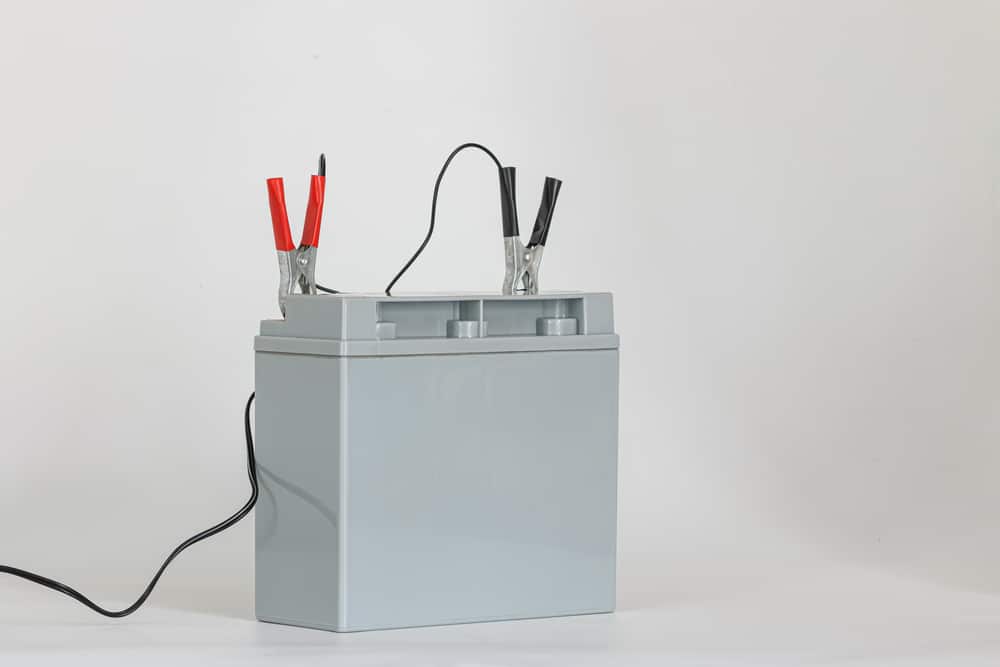Deep cycle batteries are designed for deep discharge cycles, meaning they can handle being discharged and charged multiple times without losing performance.
This makes them ideal for anything that requires a consistent amount of power, such as a trolling motor, golf carts, and solar energy systems.
But exactly how long should you expect the battery to hold a charge? And do they tend to have longer life spans than other types of batteries?
The answers are not usually straightforward. However, there are some general guidelines and factors that can be used as a starting point to determining how long a deep cycle battery would hold a charge
First off, let’s look at what makes up a deep cycle battery and why it holds a charge:
Table of Contents
- What Makes Up A Deep Cycle Battery and How Does It Hold A Charge
- How Long Should Your Deep Cycle Battery Hold a Charge?
- Reasons Why Your Battery May Not Hold A Charge For Long
- How Long will a Deep Cycle Battery Last?
- Factors Affecting the Lifespan of a Deep Cycle Battery
- Tips For Improving Battery Performance And Longevity
- How to Tell If Your Deep Cycle Battery is Bad
- Conclusion
What Makes Up A Deep Cycle Battery and How Does It Hold A Charge
A deep-cycle battery is made up of a series of lead-acid cells. These cells have positive and negative plates separated by an electrolyte to accept, store, and release electricity on demand.
The deep cycle battery’s job is to store as much electricity as possible in the form of chemical potential and as fast as possible,
It does this through a chemical reaction that shunts ions that have lost an electron to become positively charged) from one part of the battery to another.
When you unplug the charger and use your device or machines, there is a reverse reaction, and ions start to move in an opposite direction while the battery loses its charge at a certain rate.
These chemical reactions can happen hundreds of times in both directions for deep-cycle batteries without losing performance. However, these cycles (charging and discharging) may determine how long your deep-cycle battery can continue to hold a charge in the long run.
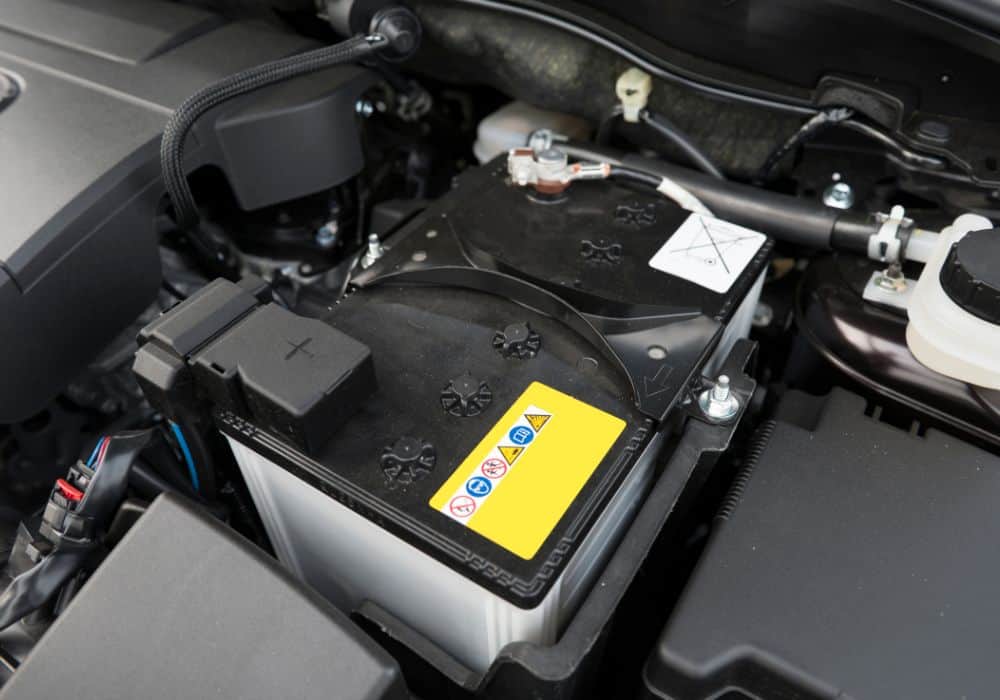
How Long Should Your Deep Cycle Battery Hold a Charge?
Deep-cycle batteries typically last anywhere from 5 to 12 times longer than normal lead-acid batteries. However, this will depend on the type of battery, the model, weather conditions, and age.
For example, A deep cycle battery that has been in service for five years may only be able to hold a charge for 10 to 14 hours, while a new model will likely have a charge-holding capacity of 20 to 36 hours.
Let’s take a closer look at these factors that affect how long your deep-cycle battery can hold a charge.
Reasons Why Your Battery May Not Hold A Charge For Long
1. State Of Battery
If your battery is well-maintained, it will last longer and perform better than one that isn’t.
Here are some additional tips on how to keep your deep cycle battery in good shape and get the most charge out of it:
- Check the battery regularly for cracks, leaks, or other damage.
- Check the fluid level regularly, and top it off if it’s low
- Make sure the battery terminals are clean and free of corrosion.
- Don’t overcharge the battery.
- Refrain from discharging the battery too deeply.
2. Battery Capacity
The battery’s capacity is measured in amp-hours (Ah). This represents the amount of current that a battery can provide over a period of time. The higher the Ah rating, the longer the battery will be able to hold a charge.
For example, a battery with a capacity of 100 Ah can provide 1 amp of current for 100 hours or 2 amps for 50 hours.
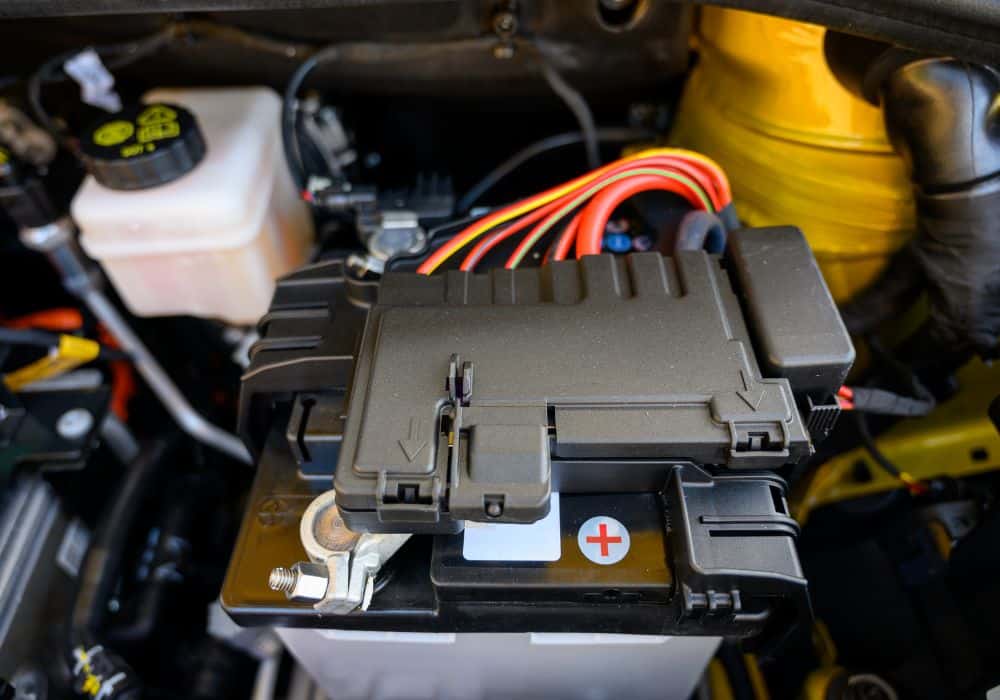
3. Conditions Under Which The Battery is Used
Deep cycle batteries are more resistant to temperature changes. However, they are not immune to them. So, as the weather gets extreme( cold or hot temperatures), you may notice that your deep cycle battery seems to be holding a charge shorter than it used to.
This is because chemical reactions inside the battery occur faster at higher temperatures, and it works harder to maintain a constant internal temperature.
4. How Has The Battery Been Stored
Your battery may lose a little bit of its ability to hold a charge if it isn’t properly maintained. For example, if you store your battery in an area with moisture, it could start to corrode. Corrosion weakens the battery and reduces its ability to hold a full charge.
5. Model and Age Of Battery
Some manufacturers simply make better batteries than others, and you expect them to hold a charge longer. So you should always do your research before purchasing one.
Additionally, a brand new battery will, of course, hold a charge longer than an older battery. But even with proper care, all batteries will eventually reach the end of their useful life and need to be replaced.
Your batter ages in terms of how many cycles it has gone through. If you’ve had your battery for a few years, chances are it has already gone through several hundred cycles and may need to be replaced.
How Long will a Deep Cycle Battery Last?
Although the average lifespan of a deep-cycle battery is only three to five years, you should be aware that batteries are rated based on the number of cycles they can endure. A cycle occurs when the battery is charged from nearly empty to full.
A new deep-cycle battery should give you a battery cycle of 300 to 500. However, these numbers depend on factors like the usage of your battery and what kind of battery you have
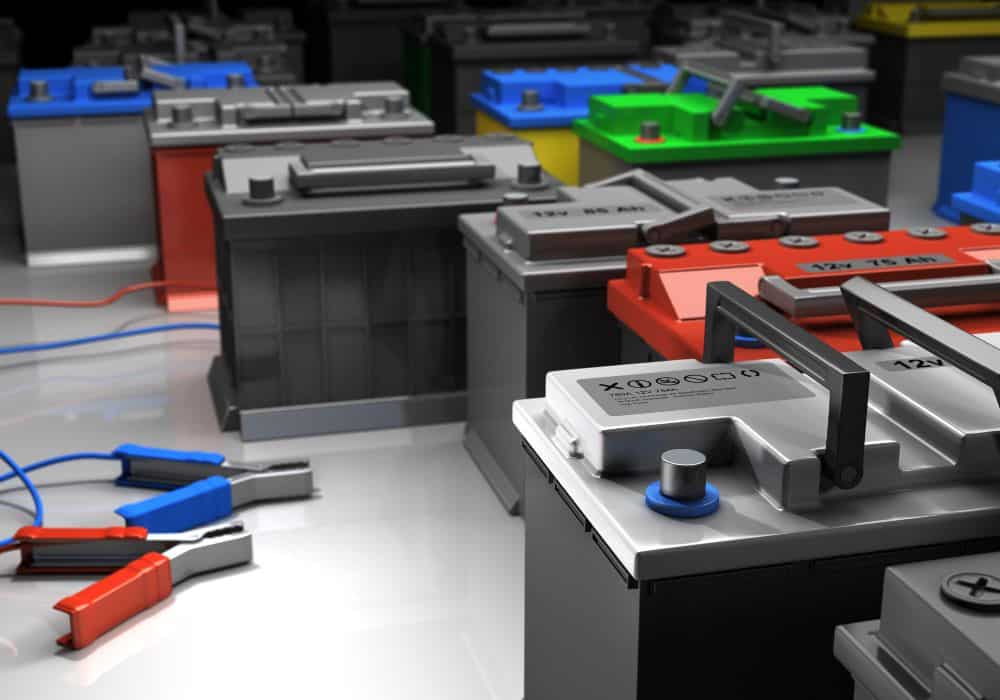
Factors Affecting the Lifespan of a Deep Cycle Battery
Your deep-cycle lead acid battery might find it difficult to accomplish its expected lifecycle due to the following factors.
1. Depth of Discharge
Batteries are made up of cells that store energy. When these cells are depleted, the battery needs to be recharged. The depth of discharge (DOD) is the percentage of a battery’s capacity that has been used.
For example, if a battery has a capacity of 100 amp-hours (Ah) and is discharged by 50 Ah, the DOD would be 50%.
The DOD has a direct impact on battery life. In general, the higher the DOD, the shorter the battery life. This is because each time a battery is discharged, some of the active material in the cells is used up and can no longer be recharged.
2. Number of Cycles
The more cycles a battery has been subjected to, the lower its capacity will be. This relationship is because each time you discharge and recharge a battery, some of the materials inside of it degrade and can no longer store as much energy. You should find more information about your battery cycles on its label.
3. Type of Batteries
Deep-cycle batteries come in two main varieties: flooded and sealed. Flooded batteries are the most popular type of deep-cycle battery and are called “flooded” because they have chambers that need to be filled with a liquid electrolyte. Flooded batteries typically last 3-5 years with proper maintenance.
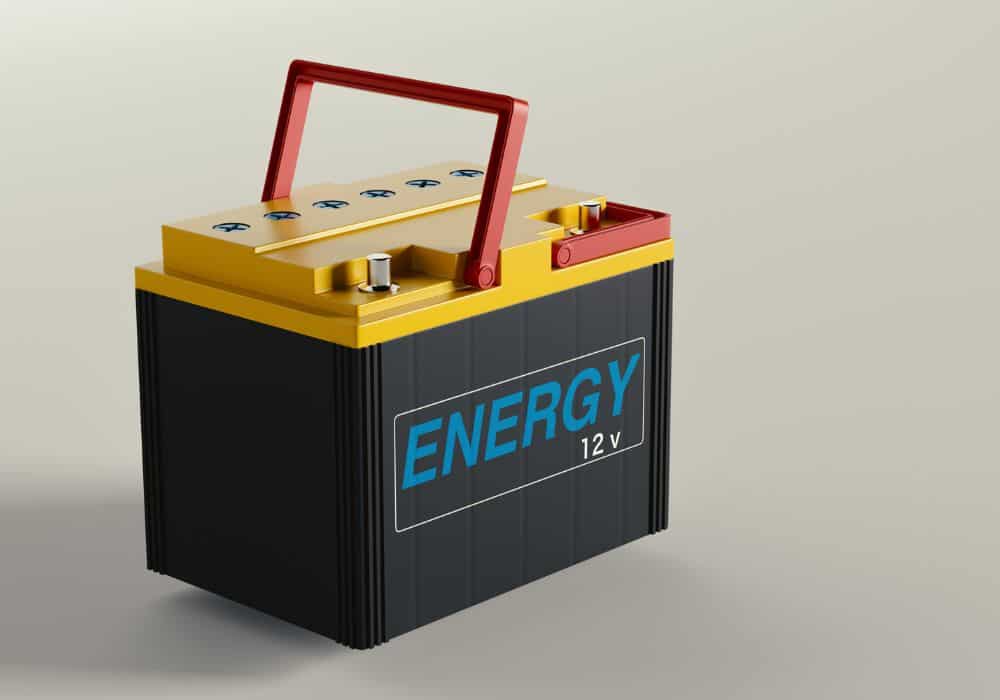
Sealed batteries, also known as “valve-regulated lead-acid (VRLA) batteries, are becoming more popular because they’re maintenance-free and have a lower self-discharge rate.
Popular types such as Absorbed Glass Mat(AGM Batteries) and GEL batteries last 5-7 years on average but can last up to 10 years with proper care.
Tips For Improving Battery Performance And Longevity
1. Using The Correct Charging Regime
You might think that charging your battery with the same voltage, regardless of its health, is a good idea, but it can actually shorten its lifespan. You should know your battery charging requirements based on its capacity.
Here’s a formula for determining the correct charging current for your battery.
Required Charging Current for battery = Battery Ah x 10%
For example a 12 volt battery with a 120AH capacity should have a charging current of 120 Ah x (10 ÷ 100) = 12 Amperes
Exceeding this charge value would put your battery at risk of damage and explosion in rare cases
2. Avoid Full Discharge Cycles
You’ve probably heard that it’s best to let your battery discharge all the way every once in a while, but this is actually bad for the battery. Letting it discharge all the way to empty isn’t good for your battery’s lifespan or health.
There’s no set rule for how often you should avoid full discharge, but if you want to get the maximum life out of your battery, avoid going below 50% Discharge.
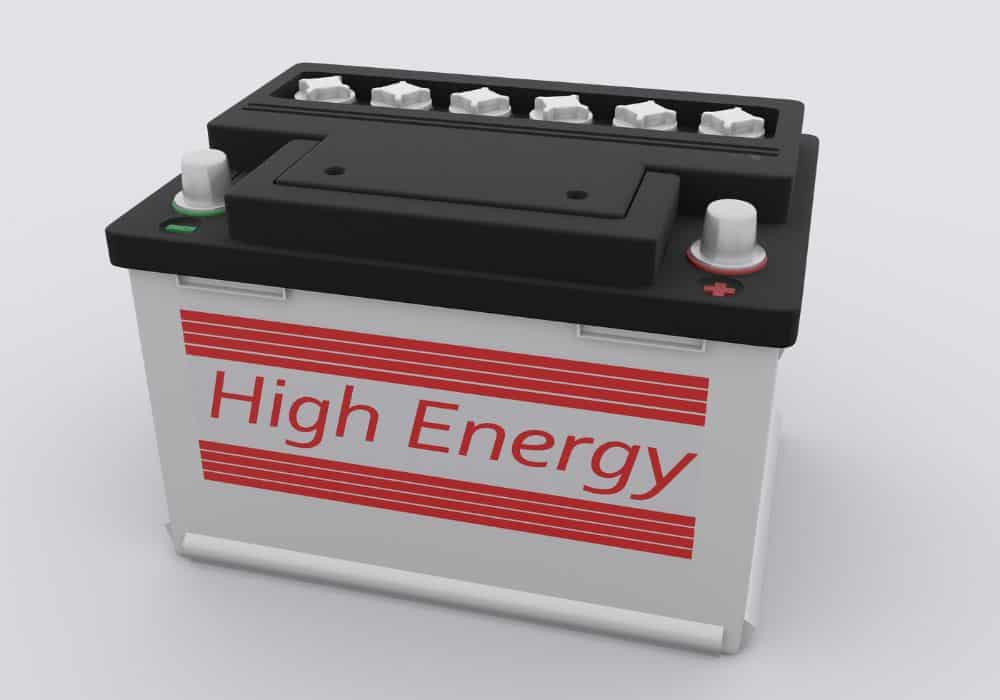
3. Maintain Proper Electrolyte Levels
Electrolyte refers to the liquid solution in which the lead plates in your battery are submerged. If the electrolyte level gets too low, it can damage the lead plates and shorten your battery’s overall lifespan.
To make sure your electrolyte levels are where they should be.
- Check the level regularly and top it off with distilled water if necessary.
- You can monitor your battery’s electrolyte levels monthly by taking readings from each cell with your hydrometer (calibrate it first). If the level is low, add 1/4 cup (60 ml) for every 12 fluid ounces (360 ml) of capacity; if it’s high, remove some of the water using a siphon or turkey baster.
- Make sure to regularly clean the terminals and other parts of your battery to prevent a build-up of corrosion.
4. Avoid Overcharging
When you overcharge a deep-cycle battery, you are essentially putting too much stress on the battery. This can cause the battery to degrade faster and eventually die prematurely.
However, there are ways to help mitigate this issue. For example, you can use a battery charger that automatically shuts off when the battery is fully charged.
How to Tell If Your Deep Cycle Battery is Bad
If you notice your deep cycle battery has not been holding a charge as much as you would want, you may wonder if it’s time to replace it.
Here are a few tips to help you decide whether to change your battery or keep using it for another season.
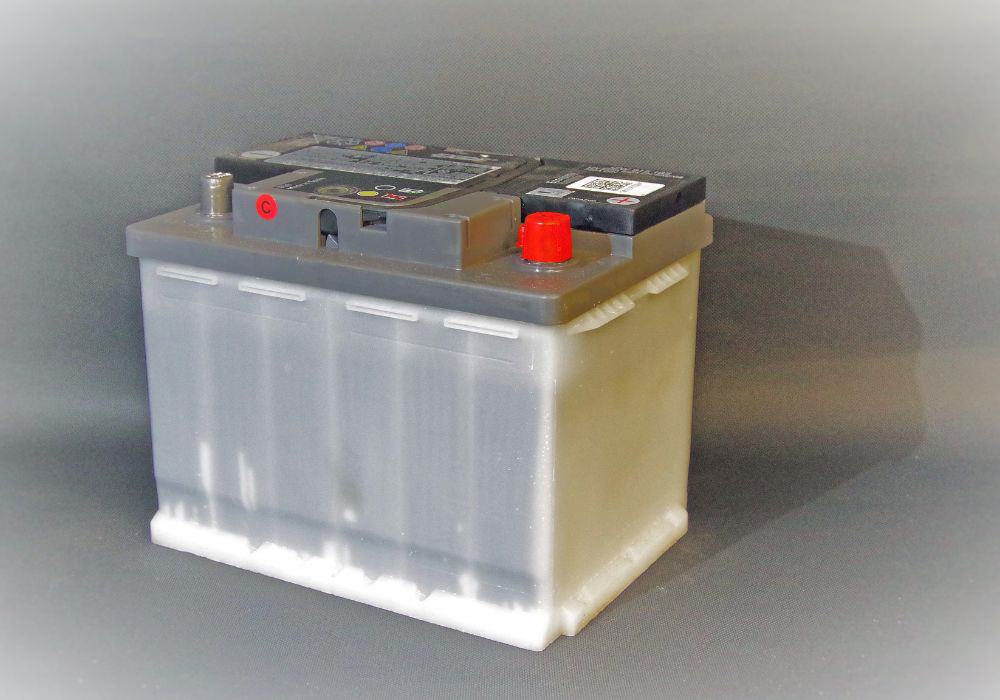
1. Look for Corrosion
Corrosion is a sign that the battery is aging and can cause short circuits and electrical sparks. The corrosion will be found on the terminals and look like a thick, green, or brown substance.
Corrosion is a natural occurrence that happens to all batteries due to the build-up of lead sulfate on the battery plates, but the rate depends on the battery brand, the electrolyte level, and the environment it’s kept in. If you’re seeing corrosion, it’s time to replace your battery.
2. Determine the Current State of the Charge
If you notice a drop in the amps while charging or running a device, that’s a sign that the battery is aging. The best way to check the state of charge is to use a multimeter or voltmeter.
To do this:
- First, disconnect the battery from any power source.
- Then, test the voltage of the battery using your voltmeter.
- The battery is fully charged if the voltage is 12.6 volts or higher. But If the voltage is 12.5 volts or lower, the battery is discharged.
If the battery is discharged, you can try charging it and then testing the voltage again. However, If the voltage does not increase after charging, the battery is likely bad and will need to be replaced.
3. Check the Discharge Rate
This is simply the rate at which the battery discharges its energy. If the discharge rate is too high, the battery is not holding its charge as well as it should be, which is a sign that it is bad. Ideally, you should have a discharge rate of 0.05C or 20-hour.
If you want to check the discharge rate of a battery accurately, you’ll need to use a load tester.
Here’s How to Use a Load Tester:
- Make sure the battery is fully charged before testing.
- Connect the positive and negative leads of the tester to the battery, and ensure they are connected to the terminals.
- Set the load tester to the desired load (in amps). Once the tester is set up, it will automatically discharge the battery and show you the results.
- Read the discharge rate on the load tester’s dial.
Conclusion
Your deep cycle battery should keep a charge for at least 20 hours if properly maintained. However;
- Make sure to keep an eye on the water level and keep it topped off.
- Avoid letting your battery discharge below 50%.
- Keep your battery clean and free of corrosion.
If you do all of this, your battery should hold a charge more efficiently and give you years of reliable service.
Feel free to let us know if this was helpful in the comment section, and follow us for more tips on deep-cycle batteries
